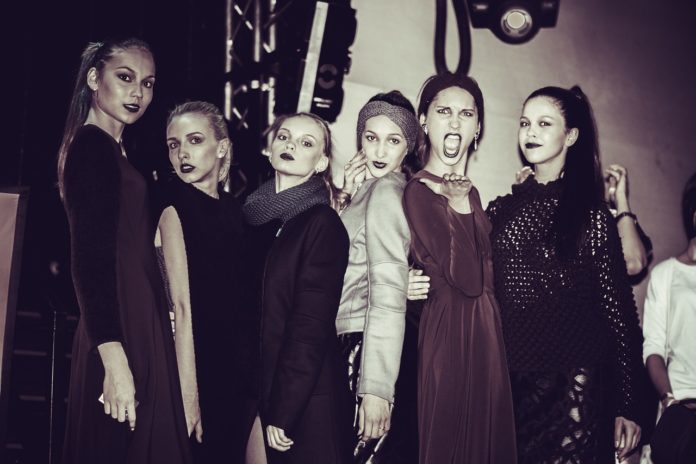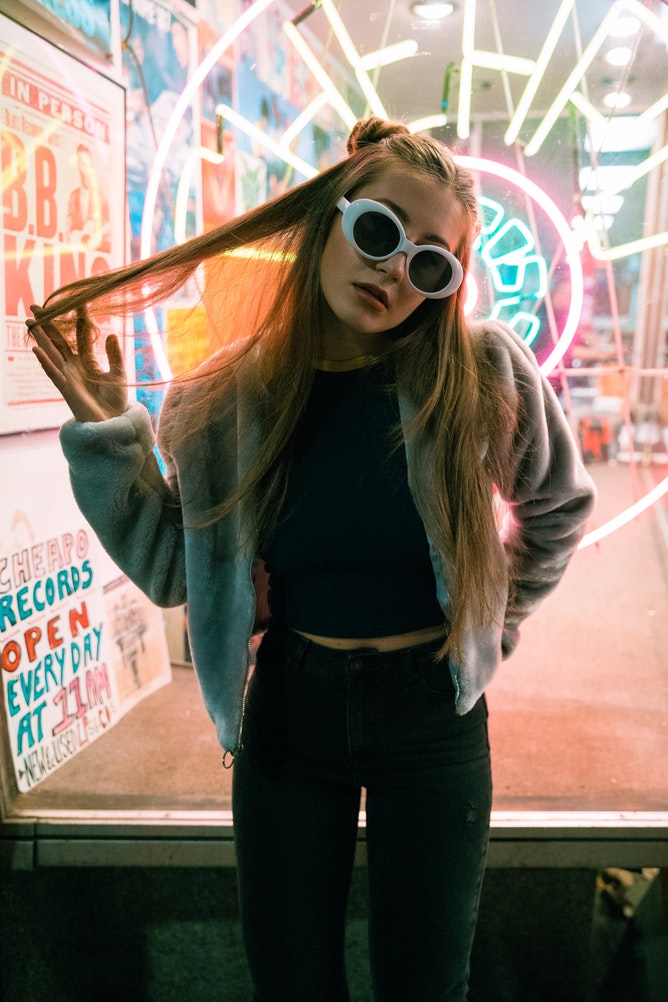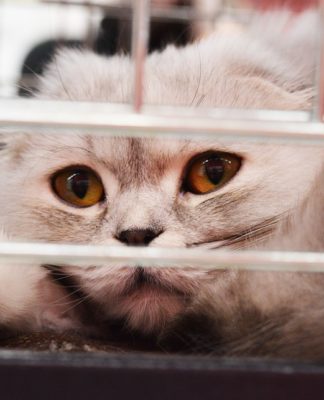
Something happens. Something memorable, or kind of cool, or not really that interesting at all. But we’re bored, so we take thirteen pics of it anyway. We have to take pictures, record it, and share it with the world: Show that we were there, and that we are here, now. Otherwise, how does one prove it happened in the first place?
This is nothing new. And this is nothing we would put on the shoulders of the Millennials (Gen Y) and Pivotals (Gen Z) who have had the luxury of social media basically since day one (which does = a certain normality, and a pressure to perform online). But the obsessive parent photo albums and family vacation slideshows of decades past were just the archaic version of the same thing; social media sharing is just the latest form/different version of the photo books mom/grandmom pull out every time you started dating someone new. It is just the logical next step for a species that started in the dirt, moved on to cave paintings, invented the camera in 1888, and now has a tool to share who they are with the entire world in the blink of an eye.
But Is It Simple Evolution?
Why do we feel the need to capture everything and look at it over and over again? And for other people to do the same? Why has it become something so crucial to identity? Why, ultimately, do we feel like something isn’t really real, something didn’t really happen, something isn’t worth remembering, unless we have the physical photo of it to look back on and share with others?

There are countless studies (here’s one, for example: False memories in highly superior autobiographical memory individuals) that will tell you that many (most) of our organic memories are junk, and can be created from scratch with just a little coaxing from an outside source. That we can be swayed into remembering things that didn’t really happen with just a few semantic nudges. That the way we remember things isn’t necessarily the way that they happened.
If this is true, is something like a picture the necessary (or only) antidote? The only cure for bad memory syndrome? Is that why we are so worried that we will forget, or remember wrong, or simply not be able appreciate something truly, unless we can actually stare it in the face?
Or is it bigger than that?
Social media platforms like Facebook, Twitter (less prevalent), and Instagram (more prevalent), the social media OG forefathers like MySpace, and those pre-internet photo albums, are designed for us to capture who we are, and more importantly, how we want to show ourselves to the world.
It’s become cultural currency.
The question then becomes, what are we without them? Or, are we without them?
If we can’t quantify our existence with a whole array of pictures; is it a human equivalent of “If a tree falls in a forest and no one is around to hear it…?”
If we did (insert activity here), or if we went to (insert exotic place here), and there aren’t pictures of it did it really happen? Especially as many of our memories are distorted, or distort-able, rather. Did we make a sound?
New Media
The popular social media platform that takes a slightly more Buddhist approach to pictures; Snapchat changed the (social media) game. Only a few seconds to enjoy – a fleeting glimpse of someone/somewhere/something that hits its mark and then disappears. Instagram Stories allows for 24 hours and sister company Facebook now has the same feature.
Because of this, we started taking different kinds of pictures. Quicker, perhaps goofier, less edited and then less important pictures. Pictures as a moment as opposed to a memory. Something only relevant to those few seconds not meant to last any longer. And the excitement in that – waiting for the next one; unconcerned with the permanence of one pic, instead looking forward to the next.
We still share – we still want people to see what we’re doing – but without permanence in mind.
But even Snapchat, Instagram, etc. ended up introducing a way for you to save your pictures, your entire story, and everything you’ve ever received (and thank you, screenshots). We have trouble letting go, even of something that was intended to be temporary.

We are, ultimately, collecting *ourselves* the same way we have trouble throwing away keepsakes – clay sculptures from 3rd grade, old love letters, etc. – things they feel hold some meaning in our lives, that represent us, and hold some key to our identity. We’ve become hoarders of our own pasts and experiences in these ever-growing collections of digital pictures.
(Will there, someday soon, be a reality-TV show about the worst selfie hoarders, and their insane photo collections? Would you watch? Will we pay professionals go through your Instagram with you, or your cloud, to get rid of the the pictures you don’t need, that are just taking up space in your life?)
But we are still going to have to deal with the fact that our entire histories are, and will continue to be, online for the world to see. Even as we grow and change, and it can be cringe-worthy to look at old photos from high school or college or before. Facebook is the scrapbook that can’t be burned after you’ve died.
(Actually, here is what they’re doing about the profiles of the deceased: What will happen to my Facebook account if I pass away?) These platforms have been around long enough now that solutions have become increasingly necessary.)
And even then, you’re never truly gone. The things you post, even once they’ve been deleted, can still be found again. The internet is forever. Thank you, cached files.
The Duality of Permanence
But that is less important than what we’re doing right now. People are divided into two camps: Those who stare and those who are stared at. Like everything else we’ve ever created, there is a hierarchy. The difference is, you don’t have to be Marilyn Monroe. You can be someone (anyone) in your pics that you aren’t in “real” life. You can present yourself in new and interesting ways daily that maybe don’t represent you who are on the street, or in the office.
It’s important to note the dangers that occur when we conflate the two, like in this story from Shelby Davis-Cooper: My Instagram’s Perfect, My Real Life Is Not. But it’s getting to the point where it doesn’t really matter if you’re successful, fun, beautiful, rich, whatever unless you have the pictures to prove it.
You only meet around 3 new people a day (on average) in the city (learn about your impact here: Why We Live – Counting The People Your Life Impacts), but with Instagram (etc), a number that grows exponentially larger than that can know how cool your life is, how interesting you are, simply with the right hashtag. And then (fingers crossed!), they’ll follow you. And then every little thing you do has been quantified by the validation of others.
The pinnacle that we are struggling to reach is to live the life that is picture-worthy on its own. To be interesting enough that everyone pays attention. No need for filters. No need for Photoshop or paid-for followers. To be, in a word, special.
And so the pictures are increasingly important: If you met the Dalai Lama, if you dove from a cliff in New Zealand, if you swam with sharks in the Bahamas (#OMG) you had better have pictures to show the world. Because everybody else certainly does. Because that’s what makes it real.
Because, if you don’t, whatever it is that you did in this picture-obsessed society, didn’t really happen.
Read next: Jealous of vacation photos you see on social media? Look again, new study says
















